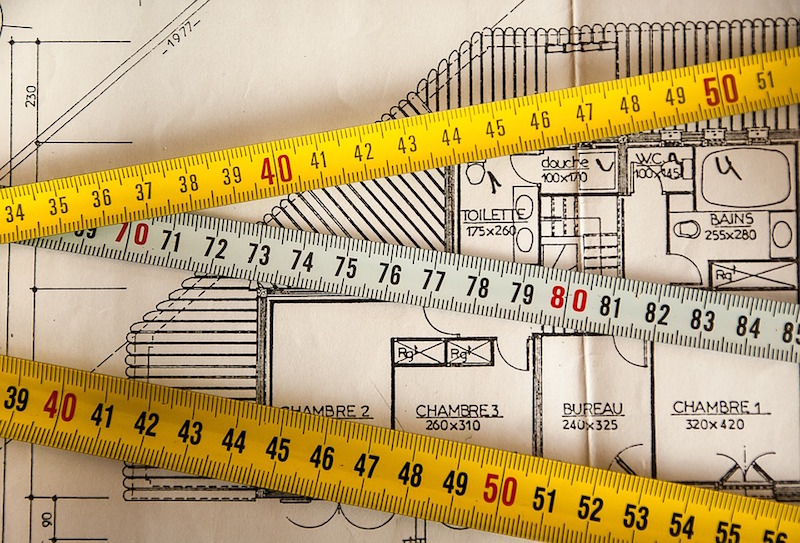The American Institute of Architects (AIA) have selected four Associate AIA members to receive the 2017 Associates Award. The AIA Associates Award is given to individual Associate AIA members to recognize outstanding leaders and creative thinkers for significant contributions to their communities and the architecture profession. The recipients will be honored at the 2017 AIA Conference on Architecture in Orlando.
2017 Associates Award recipients:
Je'Nen M. Chastain, Assoc. AIA, Heller Manus Architects
Michael Friebele, Assoc. AIA, FTA Design Studio
Linsey Graff, Assoc. AIA, Ayers Saint Gross Architects
Mona Zellers, Assoc. AIA, LMN Architects
Associate membership is open to individuals who meet one of the following criteria: professional degree in architecture; currently work under the supervision of an architect; currently enrolled in the Architectural Experience Program (AXP) and working toward licensure; or faculty member in a university program in architecture.
The jury for the 2017 Associates Award includes: Illya Azaroff, AIA, (Chair), +LAB architects; Hans Butzer, AIA, Butzer Architects and Urbanism; Damian Farrell, FAIA, Damian Farrell Design Group; Jared Edgar Mcknight, Assoc. AIA, Wallace Roberts & Todd, LLC and Lynn M. Perkins, AIA, Bill & Melinda Gates Foundation, Seattle.
Related Stories
Sponsored | | Oct 13, 2014
Think you can recognize a metal building from the outside?
It’s getting more and more difficult to spot a metal building these days. What looks like brick, stucco or wood on the outside could actually be a metal building in disguise. SPONSORED CONTENT
Sponsored | | Oct 13, 2014
Liberty Utilities protects installers with Viega MegaPress
Liberty Utilities of New Hampshire wanted a way to keep its installers safe without compromising the quality of their installations, which is why the utility provider decided to start installing Viega MegaPress. SPONSORED CONTENT
| Oct 13, 2014
Department of Agriculture launches Tall Wood Building Competition
The competition invites U.S. developers, institutions, organizations, and design teams willing to undertake an alternative solution approach to designing and building taller wood structures to submit entries for a prize of $2 million.
| Oct 12, 2014
AIA 2030 commitment: Five years on, are we any closer to net-zero?
This year marks the fifth anniversary of the American Institute of Architects’ effort to have architecture firms voluntarily pledge net-zero energy design for all their buildings by 2030.
| Oct 10, 2014
A new memorial by Zaha Hadid in Cambodia departs from the expected
The project sees a departure from Hadid’s well-known use of concrete, fiberglass, and resin. Instead, the primary material will be timber, curved and symmetrical like the Angkor Wat and other Cambodian landmarks.
| Oct 9, 2014
Regulations, demand will accelerate revenue from zero energy buildings, according to study
A new study by Navigant Research projects that public- and private-sector efforts to lower the carbon footprint of new and renovated commercial and residential structures will boost the annual revenue generated by commercial and residential zero energy buildings over the next 20 years by 122.5%, to $1.4 trillion.
| Oct 9, 2014
More recession-postponed design projects are being resurrected, says AIA
About three quarters of the estimated 700 firms that serve as panelists on AIA’s Architectural Billings Index (ABI) had delayed or canceled major design projects in response to recessionary pressures. Nearly one-third of those firms now say they have since restarted stalled projects.
| Oct 9, 2014
Steven Holl's 'intersecting spheres' scheme for Taipei necropolis gets green light
The schematic design has been approved for the 50 000-sm Arrival Hall and Oceanic Pavilion for the Taiwan ChinPaoSan Necropolis.
| Oct 9, 2014
Beyond the bench: Meet the modern laboratory facility
Like office workers escaping from the perceived confines of cubicles, today’s scientists have been freed from the trappings of the typical lab bench, writes Perkins+Will's Bill Harris.
| Oct 8, 2014
New tools for community feedback and action
Too often, members of a community are put into a reactive position, asked for their input only when a major project is proposed. But examples of proactive civic engagement are beginning to emerge, write James Miner and Jessie Bauters.
















